Two school-goers are madly & deeply in love with each other. When their parents are made to know of this under unpleasant circumstances, they take decisions that make the delicate affair even more complex. Throw in the betrayal by a close friend & more of bickering between the families to get a feel of the limit to which the love gets tested. Does the pair succeed in the end?
|
Language:
|
Tamil
|
|
Running Time:
|
148 min
|
|
Rating:
|
U
|
|
Release date:
|
5 September 2014
|
|
Directed by:
|
Jeeva Shankar
|
|
Produced by:
|
Arya
|
|
Written by:
|
Jeeva Shankar
|
|
Starring:
|
Sathya
Miya George
Ananth Nag
Aroul Djodi
Thambi Ramayya
|
|
Music by:
|
M Ghibran
|
|
Shot by:
|
Jeeva Shankar
|
|
Editing by:
|
MS Suriya
|
|
Distributed by:
|
The Show People
Vignesh Pictures
|
What’s Hot
What’s Not
Badges
Verdict



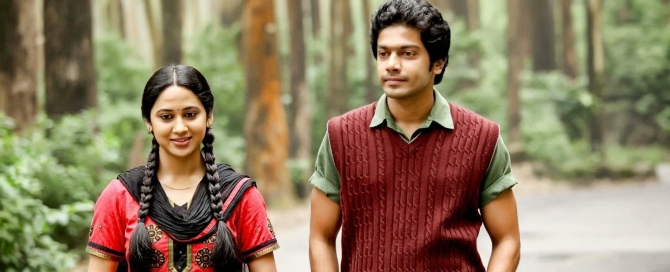
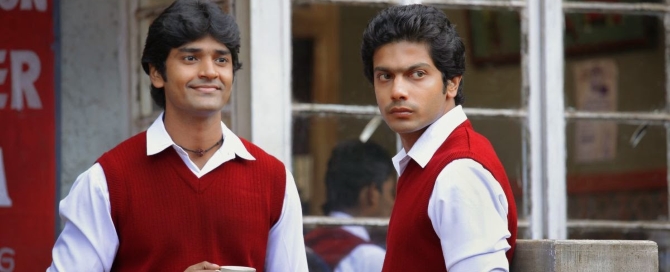




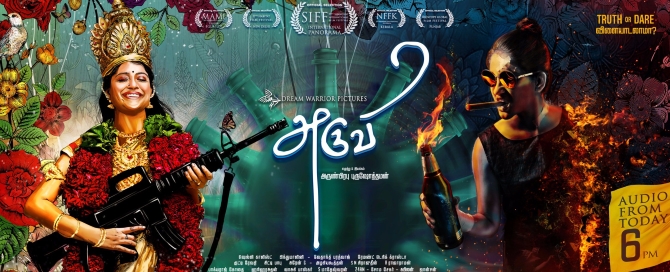
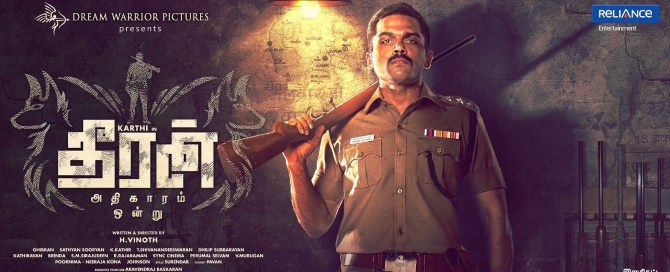
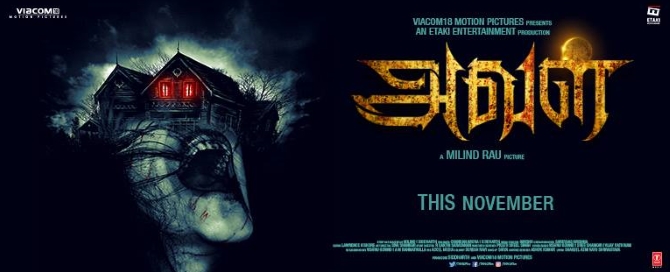
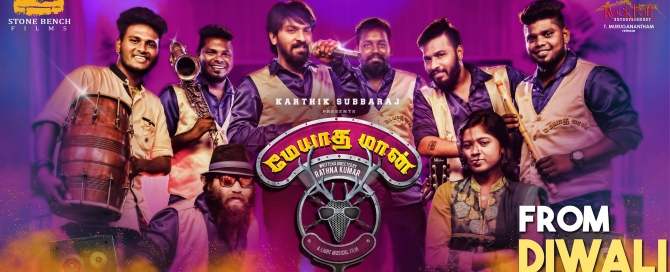
Leave A Comment